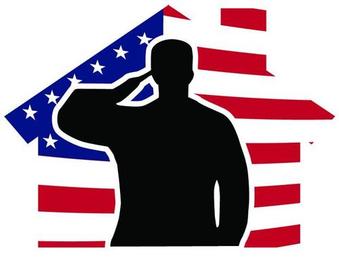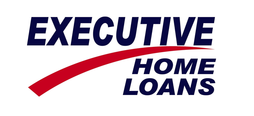
During a time of tight credit and tough lending, this long-cherished program backed a record 631,151 loans in fiscal year 2015. VA loans aren’t just grabbing market share — they’re snagging headlines, too, from talk of their industry-low interest rates to their surprising safety.
But countless veterans and military families are still missing out, in part because of longstanding myths and misconceptions. A perception of red tape and bureaucracy is something Department of Veterans Affairs officials continue to combat. Mike Frueh, the head of the loan program, calls it the “myth of my father’s VA.”
“It’s the myth that the loan takes too long to get, it’s too cumbersome, it’s difficult,” Frueh said. “We can counter that through education, and through constantly addressing our program to make it better.” To that end, let’s take a look at four pervasive VA loan myths that can keep veterans from exploring their hard-earned home loan benefits.
Myth 1: You need perfect credit
This one is almost laughably wrong. VA loans were created to help level the playing field for veterans and military members who’ve sacrificed for our country. More flexible and forgiving credit guidelines are a key part of the benefit. While the VA doesn’t require a certain credit score, the private lenders ultimately making these loans certainly will. The good news is, many are looking for a minimum 620 FICO score to qualify. That’s considered just “Fair” credit, a step below “Good” and two beneath “Excellent.” VA loans also typically feature shorter waiting periods than conventional loans following negative credit events like a bankruptcy or foreclosure.
Myth 2: VA loans cost more
These $0 down loans come with a host of big-time benefits that have made homeownership possible for millions of veterans and service members who might otherwise be left on the sidelines. They also don’t inherently cost more than other loan types.The VA limits what lenders can charge in closing costs, and these no-down-payment loans also come with no mortgage insurance. The latter can prove especially costly and eat into a veteran’s buying power.
Conventional buyers without a 20-percent down payment usually need to pay for private mortgage insurance. FHA buyers face both upfront and annual mortgage insurance charges.
Compared to FHA, the VA estimates its 2015 buyers will save $44 billion in mortgage insurance costs over the life of their loans.
VA buyers do have to contend with an upfront funding fee, which can be paid in cash at closing or rolled on top of the loan. The VA Funding Fee varies depending on your down payment, your service history and whether it’s your first use of the benefit. For most first-time buyers, it’s 2.15 percent of the loan amount. Veterans who receive compensation for a service-connected disability don’t have to pay this fee.
Myth 3: VA loans take forever to close
VA loans have long fought a reputation for being slow and choked with red tape. Some of that reflects old truths, but the program has become considerably more efficient over the past 15 years. Long a sore spot for buyers and real estate agents, VA appraisals now come back in under 10 business days on average, which is on par with the other loan types, Frueh said. Wait times can be longer in more remote parts of the country. There’s also little difference between VA and conventional loans in terms of getting to the finish line. The average VA purchase in December closed in 51 days, which was a day longer than the typical conventional loan, according to mortgage software provider Ellie Mae.
VA loans also had a higher closing success rate than conventional loans throughout all of 2015.
Myth 4: No down payment makes VA loans risky
This is one of the surprising — and surprisingly neglected — stories of the housing recovery. These $0 down loans have had the lowest foreclosure rate of any mortgage on the market for most of the past eight years, according to data from the Mortgage Bankers Association. That success is partly due to the VA’s common-sense guideline for discretionary income, which helps ensure buyers can weather financial hiccups and stay current on their mortgage. But the VA’s foreclosure prevention team deserves a lot of credit, too. Foreclosure specialists get regular updates on each of the 2.5 million active VA loans, and they can reach out to homeowners at the first sign of danger. The foreclosure team also encourages lenders and mortgage servicers to offer foreclosure alternatives to borrowers in jeopardy.
Those efforts helped more than 90,000 veterans avoid foreclosure last year alone.
So fear not Veterans, a VA loan may be just what you need to get into that house that you always wanted. Get in touch with us today to see how Realty Executives Dillon can help you with your real estate goals.



 RSS Feed
RSS Feed
















